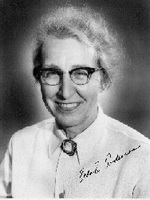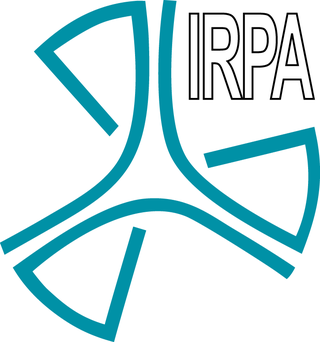
The Royal Astronomical Society (RAS) is a learned society and charity that encourages and promotes the study of astronomy, solar-system science, geophysics and closely related branches of science. Its headquarters are in Burlington House, on Piccadilly in London. The society has over 4,000 members, known as fellows. Most of them professional researchers or postgraduate students. Around a quarter of Fellows live outside the UK.

Charles Hard Townes was an American physicist. Townes worked on the theory and application of the maser, for which he obtained the fundamental patent, and other work in quantum electronics associated with both maser and laser devices. He shared the 1964 Nobel Prize in Physics with Nikolay Basov and Alexander Prokhorov. Townes was an adviser to the United States Government, meeting every US president from Harry S. Truman (1945) to Bill Clinton (1999).
Frederick Sumner Brackett, was an American physicist and spectroscopist.

Walter Mauderli DSc was a pioneer in the development of the field of medical physics. He earned his doctorate from the Swiss Federal Institute of Technology under the instruction of notable physicists as Nobel Laureate physicist Wolfgang Pauli.
John Carroll Taschner was a radiation biophysicist. He was a member of the technical staff in the Environment, Safety and Health Division of Los Alamos National Laboratory where he was involved in radiological transportation accident exercise planning.

Karl Ziegler Morgan, was an American physicist who was one of the founders of the field of radiation health physics. He was director of health physics at Oak Ridge National Laboratory from the time in the Manhattan Project late 1940s until his retirement in 1972.
Gerhart "Gerry" Neugebauer was an American astronomer known for his pioneering work in infrared astronomy.

Elda Emma Anderson was an American physicist and health researcher. During World War II, she worked on the Manhattan Project at Princeton University and the Los Alamos National Laboratory, where she prepared the first sample of pure uranium-235 at the laboratory. A graduate of the University of Wisconsin, she became professor of physics at Milwaukee-Downer College in 1929. After the war, she became interested in health physics. She worked in the Health Physics Division of the Oak Ridge National Laboratory, and established the professional certification agency known as the American Board of Health Physics.

The International Radiation Protection Association (IRPA) is an independent non-profit association of national and regional radiation protection societies, and its mission is to advance radiation protection throughout the world. It is the international professional association for radiation protection.
The American Academy of Health Physics (AAHP) is a non-profit organization based in McLean, VA which serves to advance the profession of health physics through networking opportunities for members, certification of health physicists, and advisement to professionals to increase the application of health physics. The Academy has selective criteria for membership in the organization.
John Dunning Boice Jr. is an American radiation epidemiologist and health physicist.

Lauriston S. Taylor was an American physicist known for his work in the field of radiation protection and measurement.
James Newell Stannard is a radiobiologist, pharmacologist and physiologist at the National Institutes of Health.
C. Maurice Patterson also known as Pat or Maurice Patterson a pioneer in the establishment of health physics as a profession.
Walter Dunham Claus was an American biophysicist who worked in radiation biology and medical physics.
G. William Morgan, also known as George William Morgan, health physicist and founding member of the Health Physics Society. Morgan held key health physics positions at Oak Ridge National Laboratory, the Manhattan Project and the Atomic Energy Commission. Morgan was instrumental in developing the regulations that we know today as I0 CFR 20, the Standards for Protection against Radiation.

Francis J. Bradley was an American health physicist, writer and founding member of the Health Physics Society.

Dade Moeller was an internationally known expert in radiation safety and environmental protection.
George Samuel Hurst was a health physicist and professor of Physics at the University of Kentucky. He was known for patent hoarding and in his later years, was involved in several patent disputes through his company, Elographics.
Robley Dunglison Evans was an American nuclear physicist and pioneer of nuclear medicine. He was the president of the Health Physics Society in 1972–1973.









